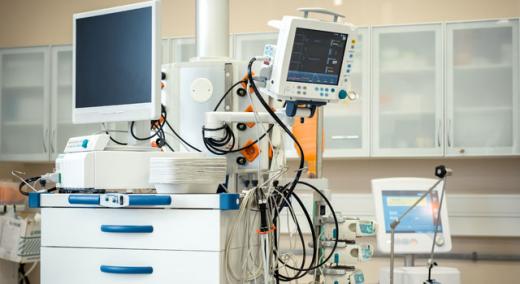The United States has more than 6,000 hospitals, and each one has thousands, if not tens of thousands, of clinical assets, such as imaging machines, ventilators, and IV pumps. Managing this equipment becomes a mighty task when hospital staff must handle the monitoring, repair, and maintenance of each.
|
ADVERTISEMENT |
Even a minor mistake could prove problematic. Missteps can bring on unnecessary expenditures, compromise patient care, and exhaust both the time and spirits of hospital staff. According to TRIMEDX’s health provider surveys, nurses spend up to an hour each shift just locating equipment or verifying its cleanliness.
Avoiding such troubles begins with determining your vulnerabilities within your asset management system. Healthcare facilities struggle with clinical asset management in four fundamental ways.
…

Add new comment